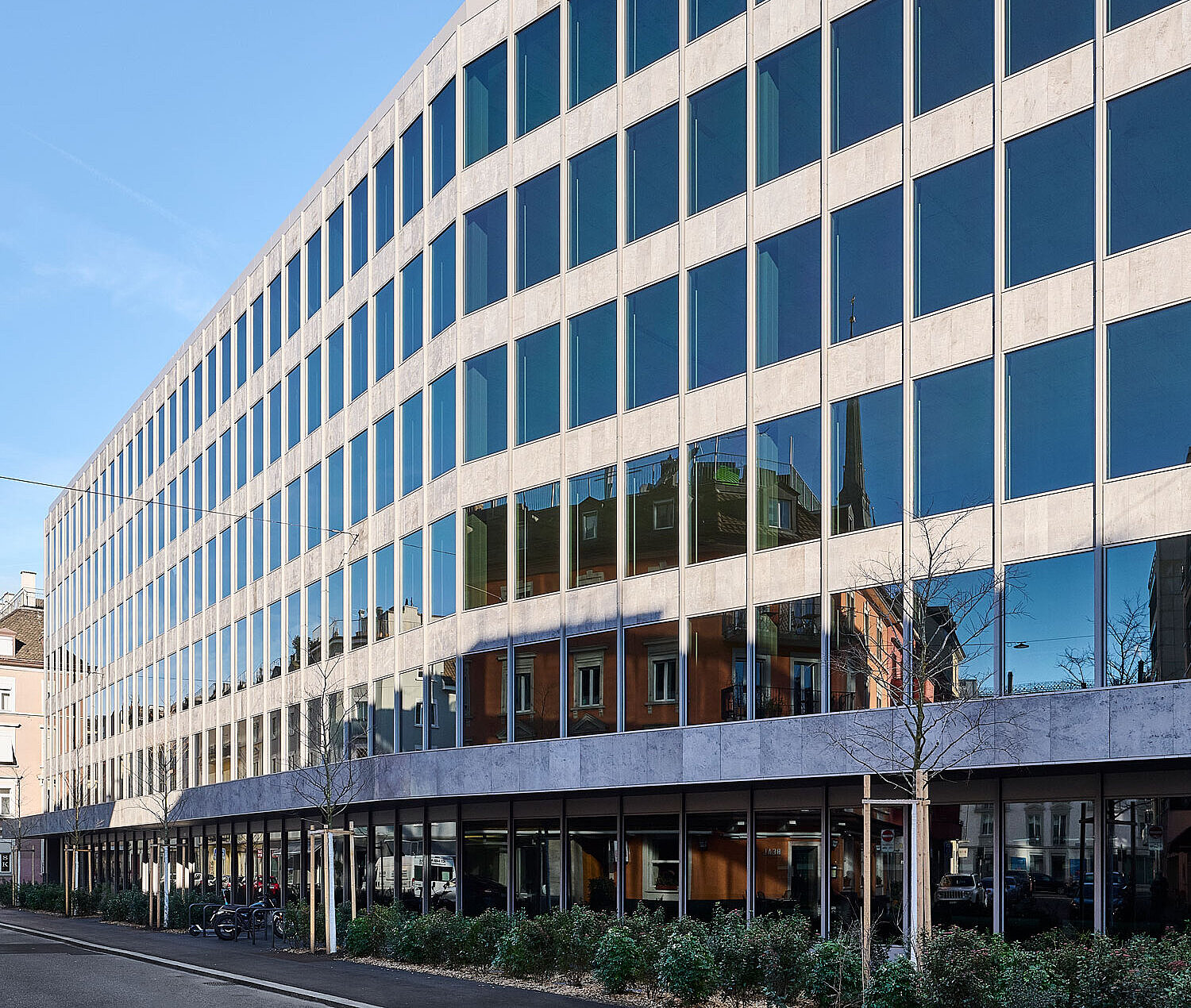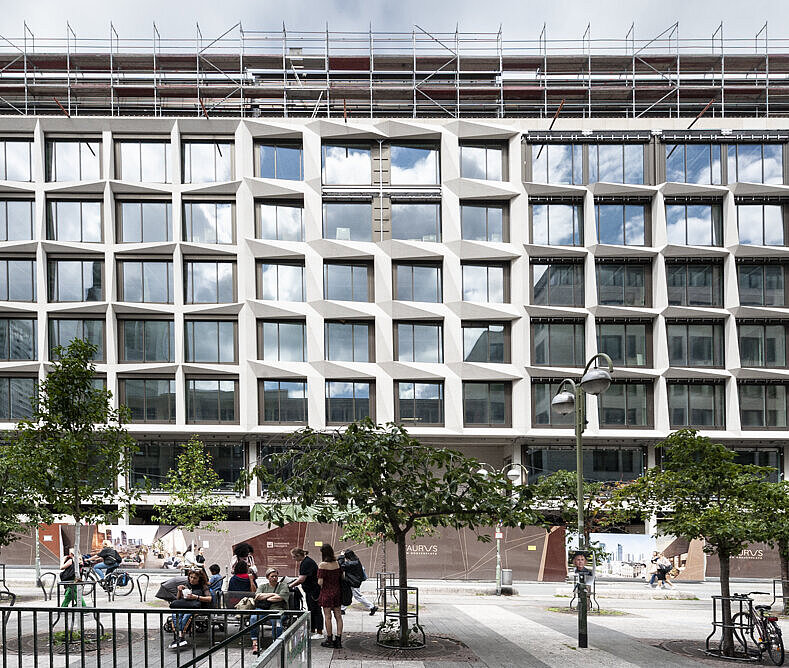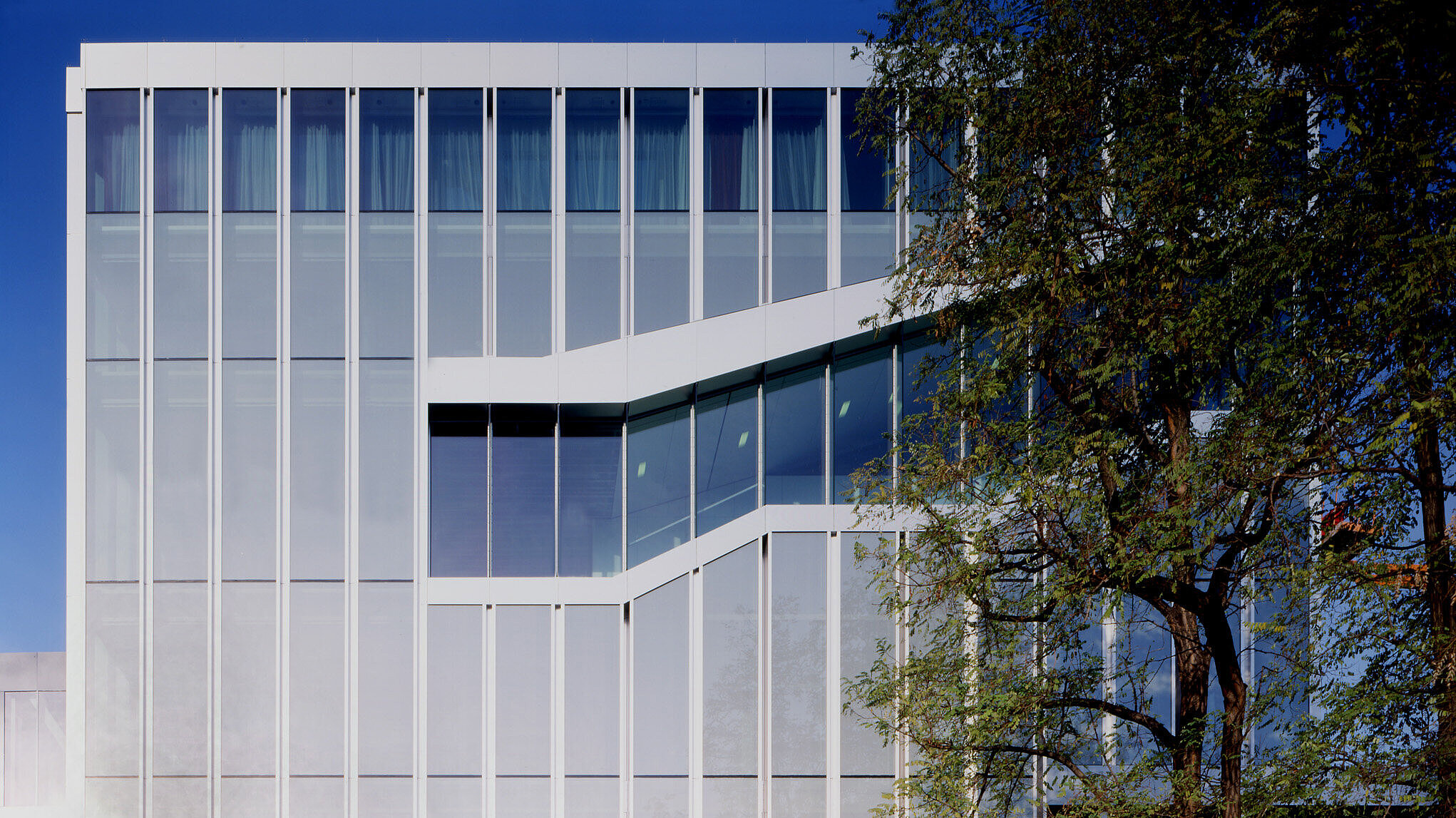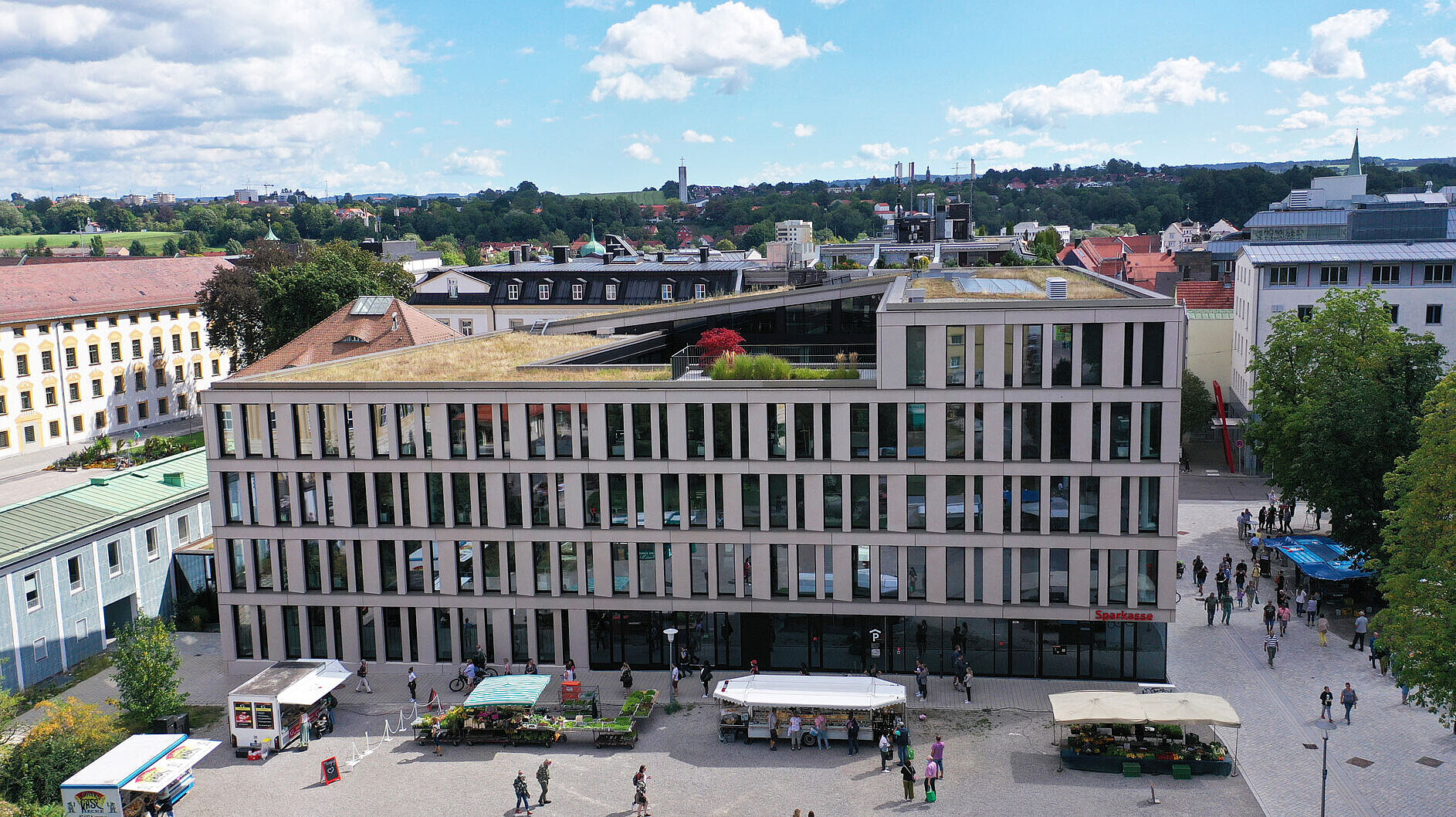Unternehmen Seit 1905 schaffen wir Durchblick, Stabilität und Ästhetik.
Wir sind ein dynamisch wachsendes Familienunternehmen, das sich seit über 100 Jahren dem faszinierenden Werkstoff Glas widmet.
Schweizer Qualität, bester Service und verlässliche Partnerschaften zählen zu unseren Grundsätzen.
Wir schaffen Durchblick seit
1905
Gemeinsam unterwegs mit
6000 Mitarbeitenden
Vertreten in
13 Ländern
In Ihrer Nähe mit
70 Standorten
Weitere Beiträge
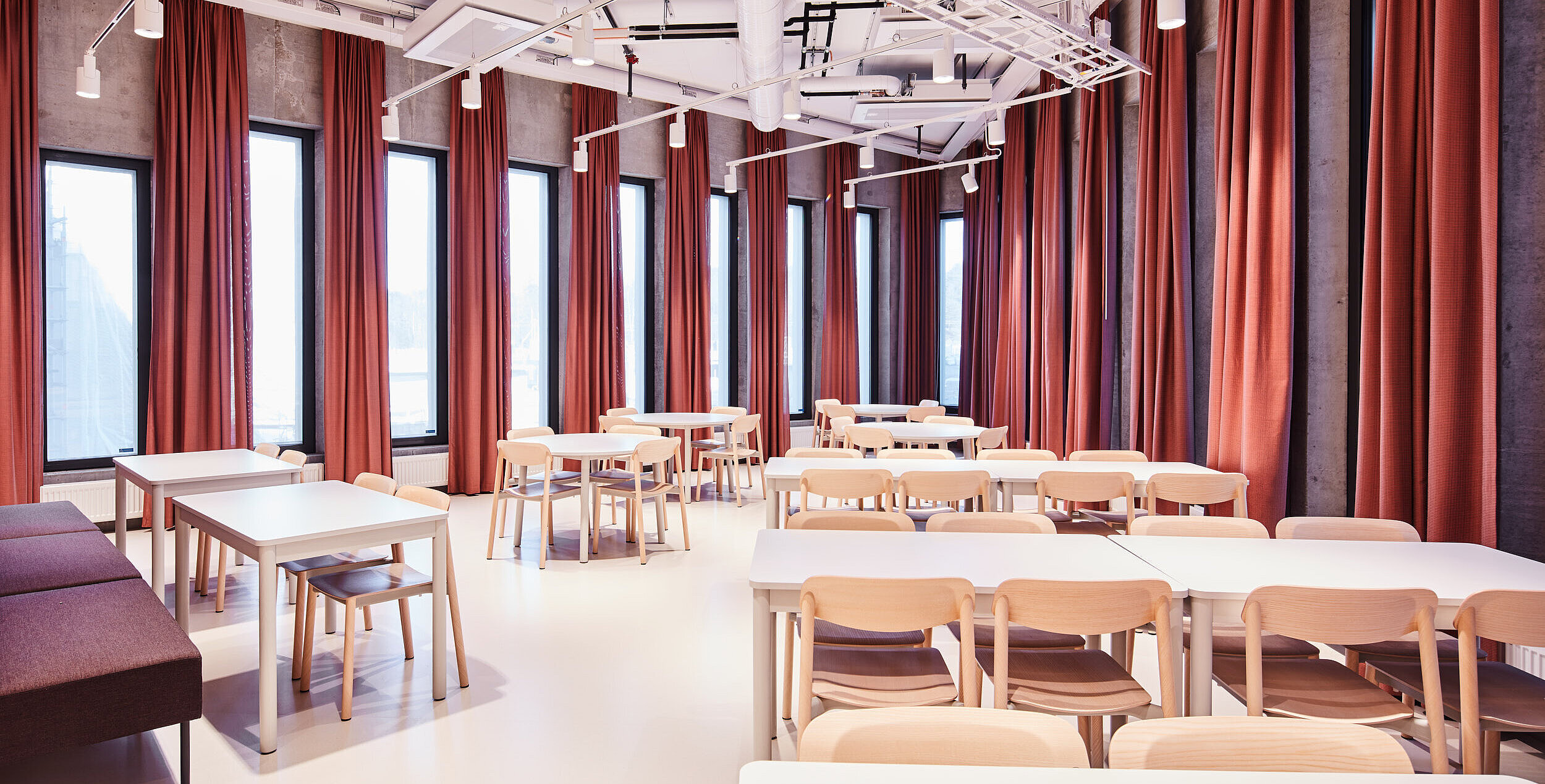
| OKALUX
Klimagerecht und clever
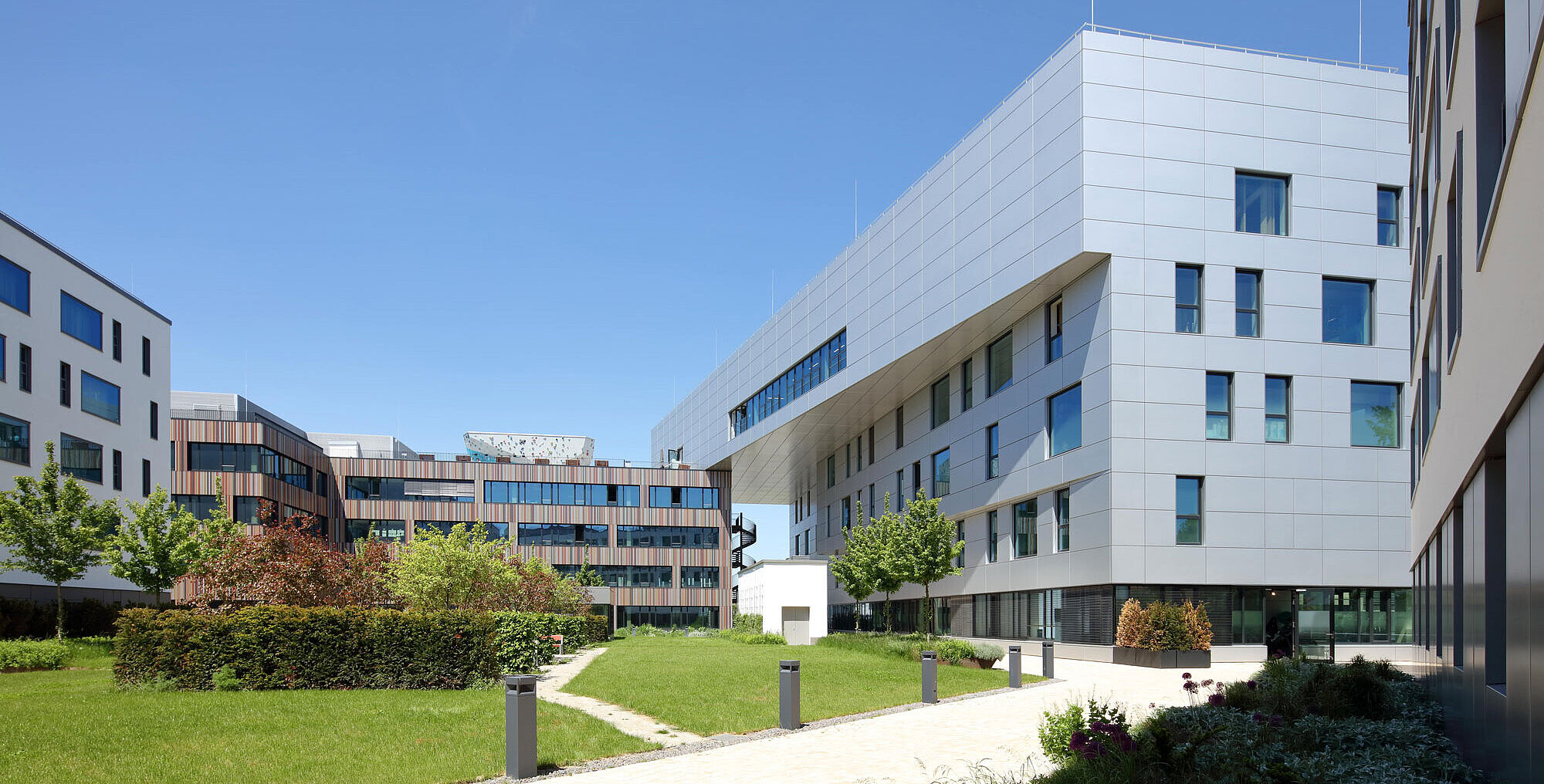
| Glas Trösch
Urbane Mischung
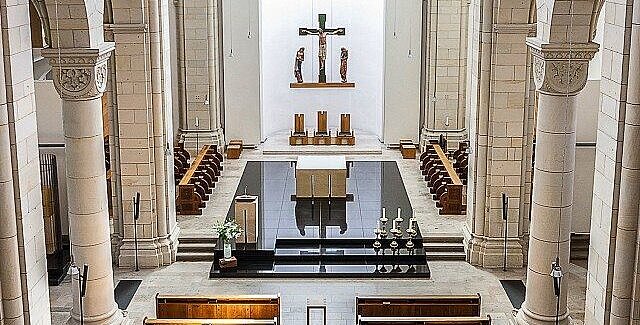
| OKALUX
Heilige Schlichtheit
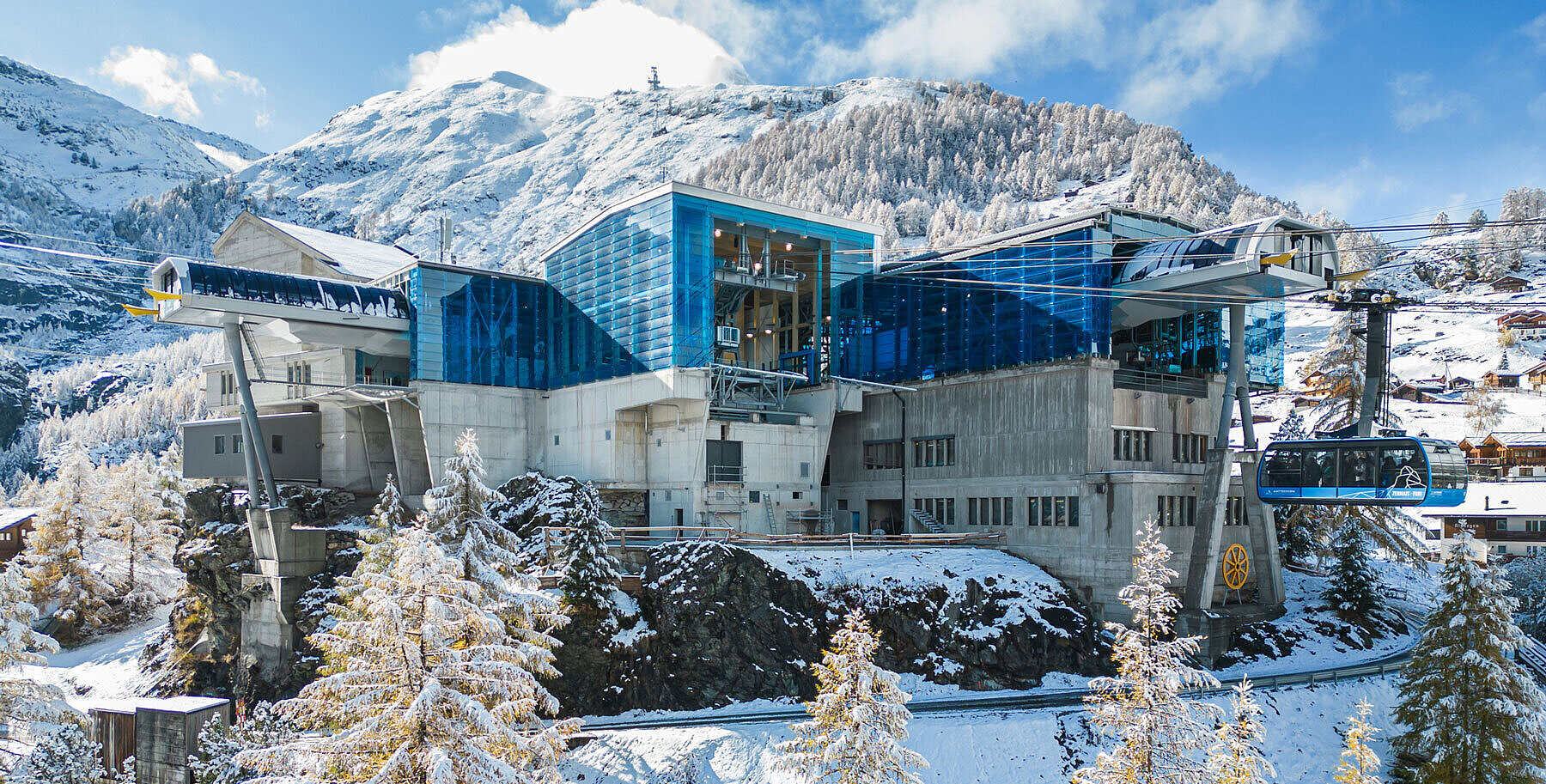
| Glas Trösch

